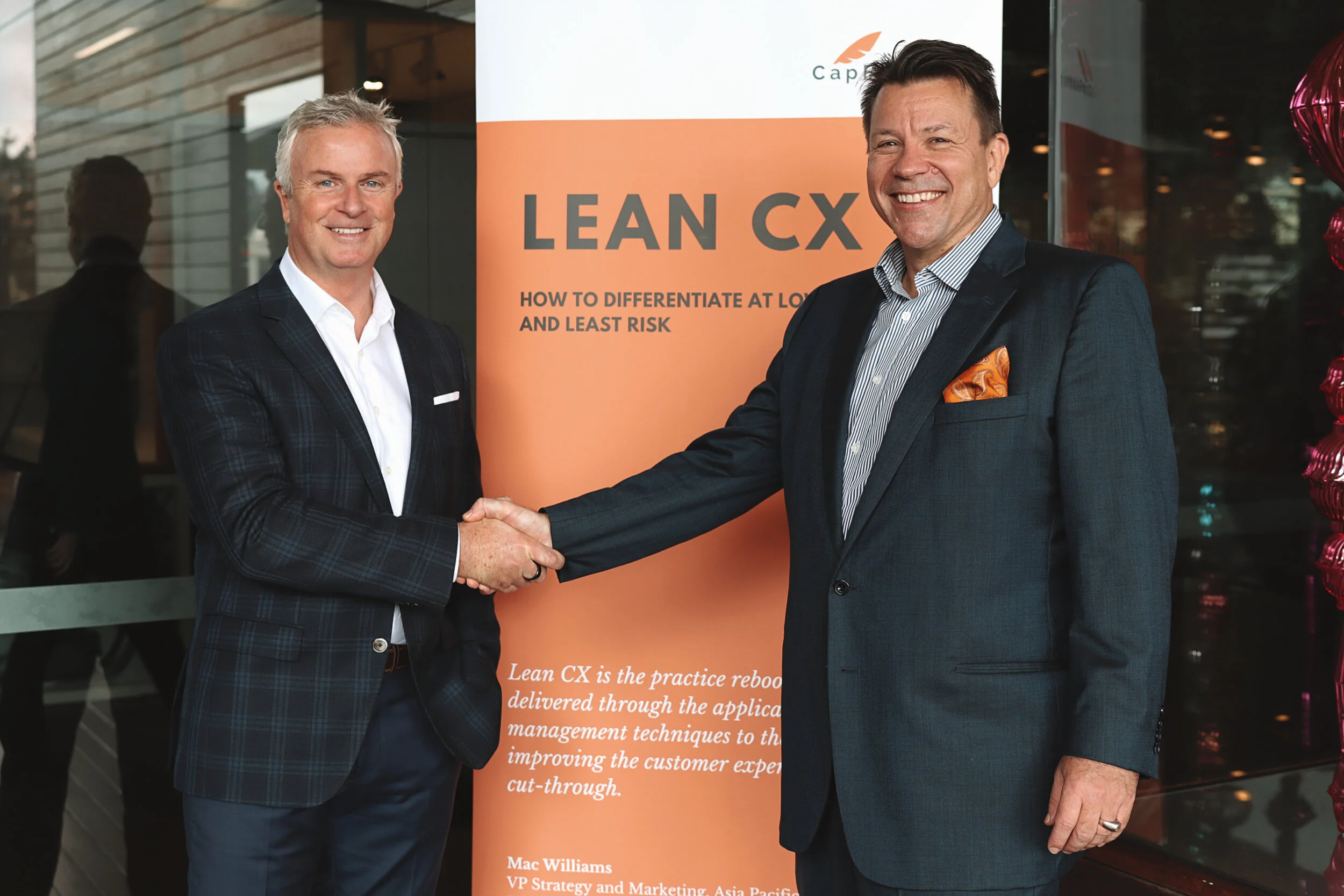Transcript
Cyrus Allen 00:04
Why Lean CX and why now?
Robert Dew 00:06
Over 10 years of working in customer experience, we simply saw companies fail to capture all of the value that they could out of what customer experience offers. And now more than ever, because given the flux that markets are in the VUCA (volatile, uncertain, complex and ambiguous) environments that we're in, compounded by COVID, everything's up for grabs. So the first person that moves owns a space that they normally wouldn't get.
Cyrus Allen 00:29
So Lean CX is predicated on the core idea of obtaining cut through and out-competing by using CX innovation. Tell me a little bit about 'cut-through'.
Robert Dew 00:37
In an oversupplied market the difference is Who gets share of attention? Who gets eyeballs? Who gets ears? How do you do that now? Not with advertising, because that's less effective. Cut through is when your customers experience something so surprising that they tell other potential customers about. For executives who have the growth responsibility in their job description, Lean CX is the new way of getting there cheaper, faster and safer. Unlike traditional CX, it doesn't front load the research costs. Most companies know something about their customers, they have a level of insight. And it gets you as quick as you can into market testing, where you can prove the benefit of the cut through that you're trying to create. People have talked about Lean UX for a long period of time, what's the difference between Lean UX and Lean CX, Cyrus?
Cyrus Allen 01:32
Many practitioners think about CX as the management of interactions per se. But with the Lean CX approach we think about CX as essentially being the manifestation of the customer value proposition. Now in simple terms, that just means it can be anything that you experience, from the price, the features, the product, the wrapping, the service, the channel, the interface, whatever it is going to be. It is the total set of interactions and experiences that you feel, see, touch and hold. So when we're thinking about Lean CX, we're not just looking at how do we improve an interaction, we're looking at all of the elements that we can adjust and modify it to get cut through,
Robert Dew 02:08
Okay, if you went to a technologist or an engineer, and you said, How can I make something better? they're going to talk about that in terms of function. If you go to someone who understands customer experience, and you ask them how to make an experience better, they're going to talk to you about the lasting feeling that comes from that interaction, which often, whilst it's based on the function, it is a whole lot more.
What is Lean CX?
Lean CX delivers the framework, supports a crisp commercial dialogue and has a laser-sharp focus on adjacent markets and value creation.
At its essence, Lean CX provides an entrepreneurial approach and useful new ways to think about market engagement, iteration and value creation. It demonstrates how to get to actual customer observation via market testing as quickly as possible. In doing this, the Lean CX approach may reduce the risk of stalling at the point of planning and listening by reducing the time and resource investment compared to waterfall approaches.
As a CX practitioner or senior marketer a lack of alignment around the customer, value and even go to market needs to be dealt with directly. Lean CX helps to address this by creating a common language for the organisation. By suggesting that the organisation needs to be an ambidextrous firm, that is a firm that creates a difference every day by being able to exploit and explore at the same time. This approach stretches the boundaries of contemporary thinking about how CX can be applied to develop innovative solutions to complex organisational and market problems.
CapFeather is holding further executive briefings across Austalia and New Zealand, together with organising bespoke Art + Lean CX Tours for executive teams in key capital cities. Reach out by email to sarah.daly@capfeather.global if you would like to be involved in future CX Leaders conversations.

